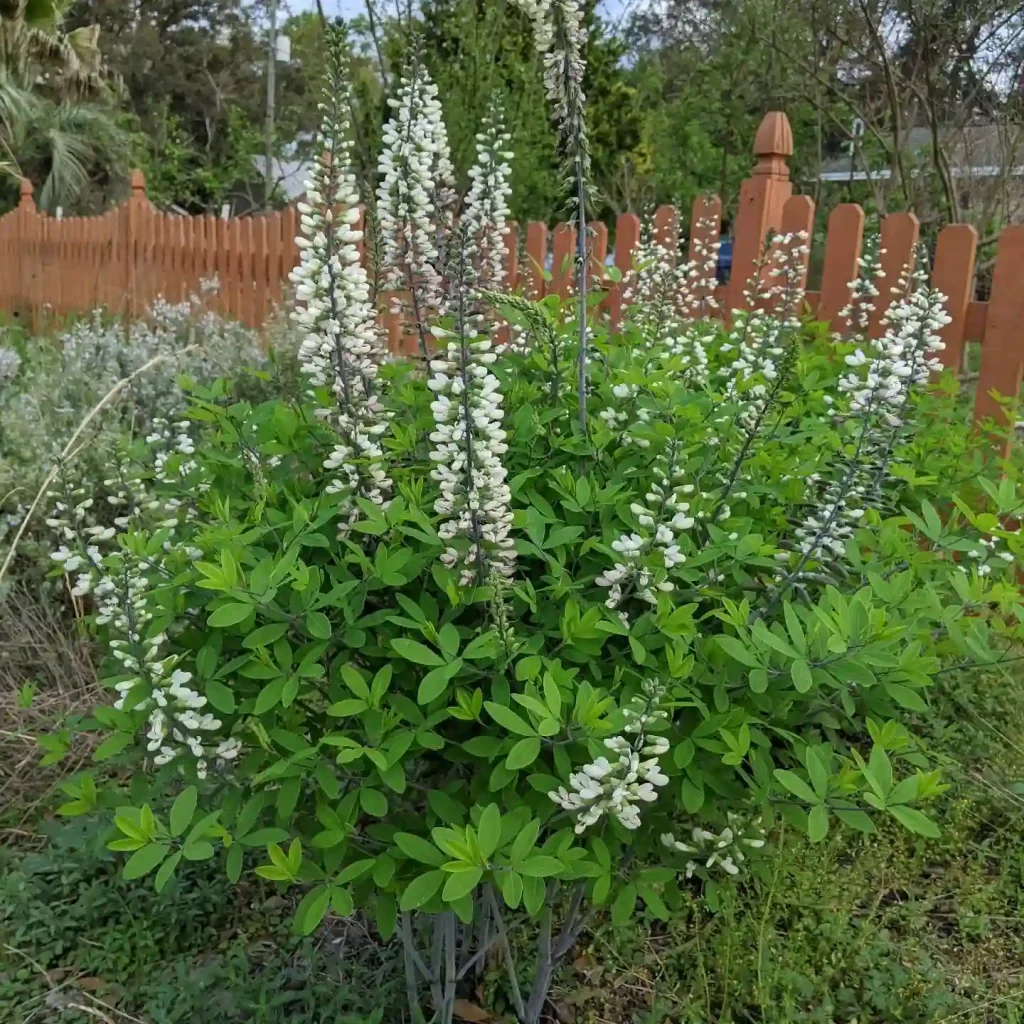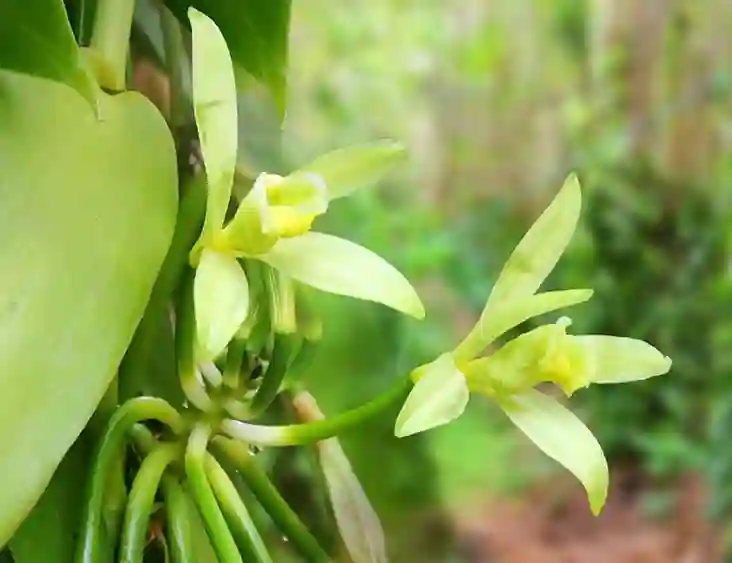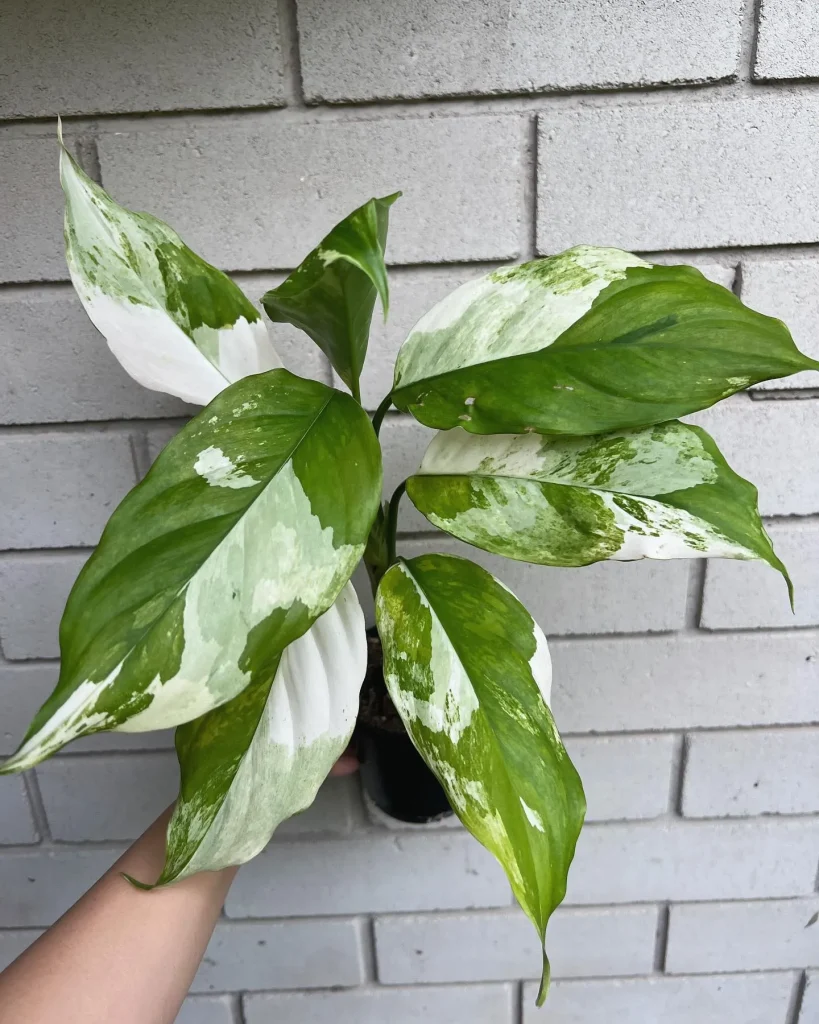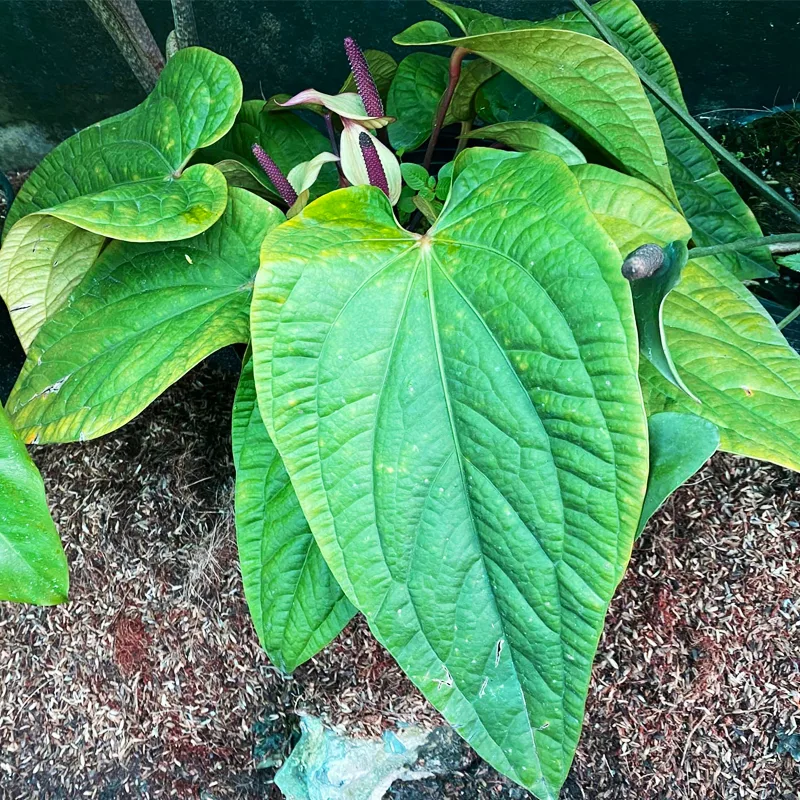The Alluring Night Fragrance of the Brassavola Nodosa: A Beginner’s Guide
Few things are as captivating as a flower that releases its intoxicating perfume under the cloak of darkness. The Brassavola nodosa, also known as the “Lady of the Night” orchid, is one such wonder. Its delicate white blooms unfurl in the evening, unleashing a fragrance that’s a delightful mix of citrus and gardenia. But beyond its captivating aroma, this orchid is surprisingly easy to grow, making it perfect for novice orchid enthusiasts like myself, Ferb Vu.
My fascination with the Brassavola nodosa began at a local orchid show. The sight of its pristine white flowers and the promise of an evening spectacle were irresistible. However, as a newbie orchid owner, I was filled with questions. Could this exotic beauty thrive under my care? How much attention did it need?
In this article, I’ll share my journey of cultivating this fragrant orchid, along with the knowledge I’ve gleaned from fellow orchid aficionados and reliable sources. Whether you’re a seasoned orchid collector or, like me, just starting out, this guide will equip you with the essential information to nurture your very own Lady of the Night.
19 Species in Genus Brassavola
Brassavola Nodosa vs Little Stars
I’ve had the chance to grow both Brassavola Nodosa and Little Stars, and they each have their charm. Brassavola Nodosa, with its long, elegant petals and striking fragrance, really impressed me. Its subtle vanilla scent filled the room, creating a calming atmosphere. On the other hand, Little Stars is more compact and has a dainty, star-like appearance. I found its smaller size perfect for a desk or windowsill, and it still offered a delightful floral aroma. While Brassavola Nodosa is more dramatic with its larger blooms and potent fragrance, Little Stars wins for me in terms of space efficiency and charm.
Can a Brassavola Nodosa Orchid Survive Without Roots?
Orchid roots are vital for water and nutrient uptake. While the Brassavola nodosa is a resilient orchid, it cannot survive entirely without roots. However, it can tolerate some root loss. If you notice root rot or damage, carefully remove the affected roots with sterilized tools. The remaining healthy roots, coupled with proper care, can sustain the plant.
How to Care for Brassavola Nodosa?
The good news is, caring for a Brassavola nodosa is relatively straightforward. Here’s a breakdown of its basic needs:
- Light: This orchid thrives in bright, indirect sunlight. South-facing windows with sheer curtains are ideal. Avoid harsh afternoon sun, which can scorch the leaves.
- Watering: Water deeply when the potting media approaches dryness. Allow the roots to dry slightly between waterings. Avoid leaving the plant waterlogged, as this can lead to root rot.
- Humidity: Moderate humidity (around 50-60%) is preferred. Grouping your orchids together or using a humidifier can help maintain humidity levels.
- Temperature: Brassavola nodosa enjoys warm temperatures, ideally between 65-80°F (18-27°C) during the day and slightly cooler at night.
- Potting: Use a well-draining orchid potting mix that allows for air circulation around the roots. Mounted on cork bark is another suitable option for mature plants.
How to Get Your Brassavola Nodosa to Bloom?
Witnessing your orchid erupt in fragrant blooms is a truly rewarding experience. Here are some tips to encourage flowering:
- Provide adequate light: As mentioned earlier, bright, indirect sunlight is crucial for flower production.
- Temperature fluctuations: A slight nighttime temperature drop (around 10°F) can simulate cooler night conditions in its natural habitat and trigger blooming.
- Fertilization: Use a balanced orchid fertilizer during the growing season (spring and summer) to provide essential nutrients for flower development. However, avoid over-fertilizing, which can harm the plant.
What to Do if Your Brassavola Nodosa Orchid is Dying?
If your orchid appears unhealthy, don’t despair! Here are some steps to diagnose and potentially revive your Brassavola nodosa:
- Identify the problem: Common issues include root rot from overwatering, lack of light, or inadequate fertilization. Examine the roots, leaves, and overall growth for signs of distress.
- Address the cause: Once you identify the problem, take corrective action. For example, adjust watering frequency, provide more light, or fertilize appropriately.
- Repotting: If root rot is severe, repot the orchid in fresh, well-draining potting mix after removing damaged roots.
The Enduring Allure of the Lady of the Night
The Brassavola nodosa has become a cherished part of my orchid collection. While its nighttime fragrance is undeniably captivating, it’s the ease of care and resilience of this orchid that truly makes it a gem for beginners. With a little understanding of its needs and some attentive care, you too can cultivate your own Lady of the Night and experience the magic of its evening perfume.
If i die, water my plants!



